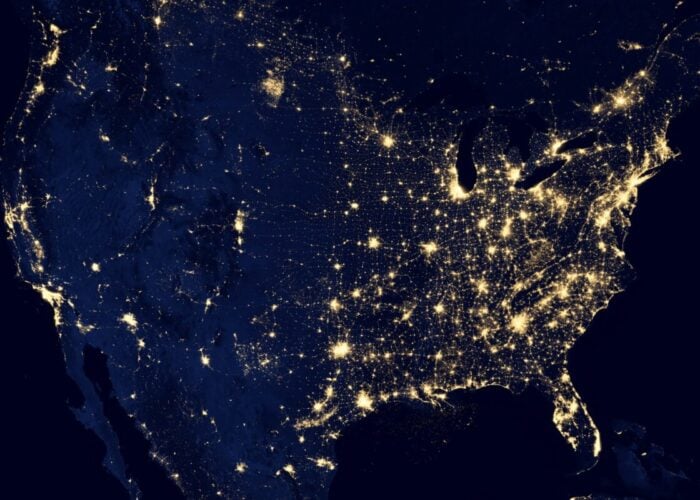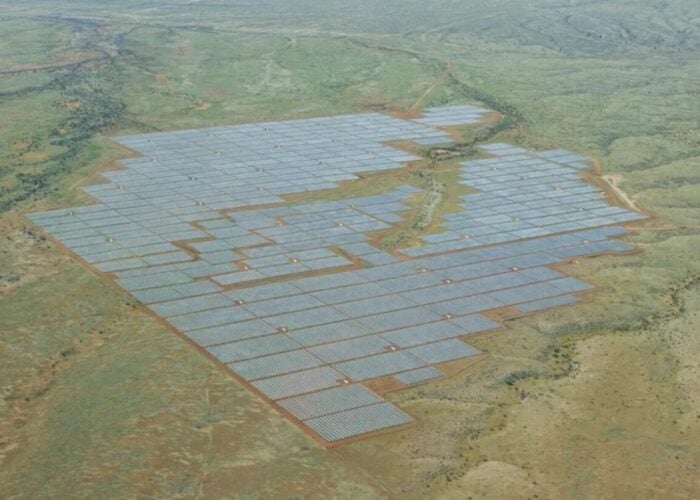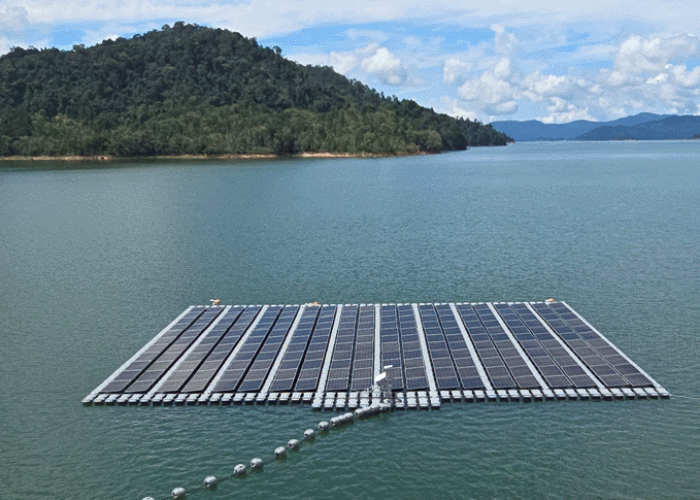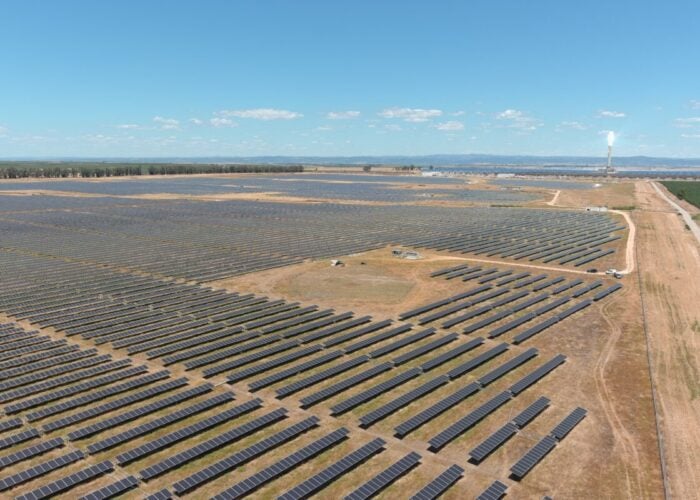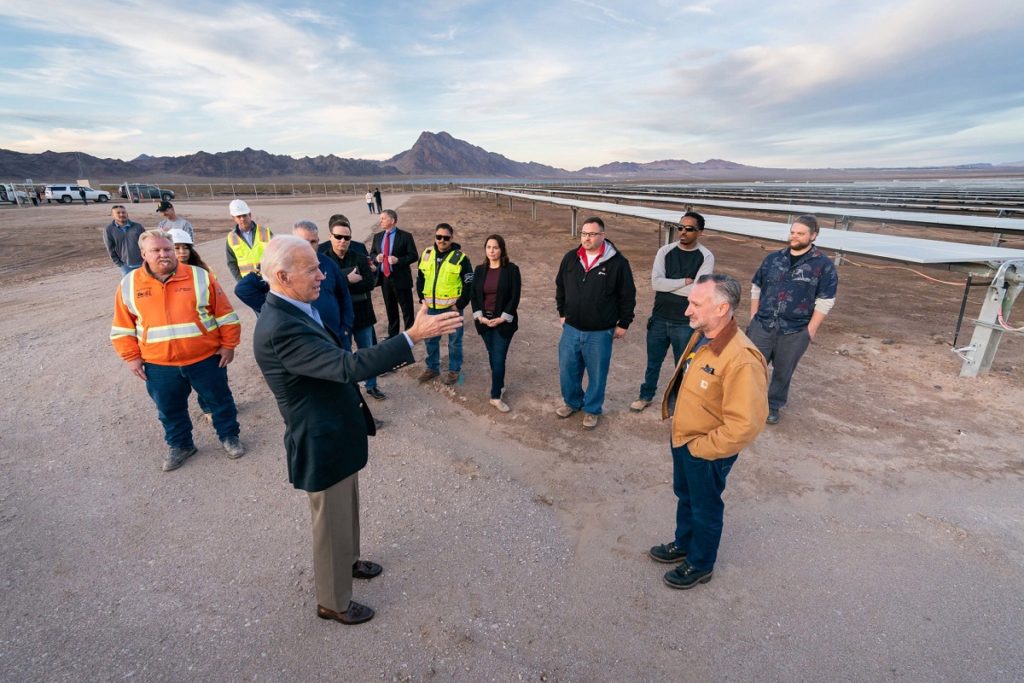
The decision of US President Joe Biden to waive tariffs on solar imports from Southeast Asia for two years and authorise the US Department of Energy (DOE) to use the Defense Production Act (DPA) to accelerate the production of clean energy technologies, including PV modules and module components, has been broadly welcomed by the US solar sector and industry analysts.
That said, while most stakeholders have applauded the move – the investigation into alleged circumvention of antidumping and countervailing duties (AD/CVD) by solar manufacturers in Cambodia, Malaysia, Thailand and Vietnam was widely criticised as damaging to the US PV industry – reservations have been regarding the immediate impact of Biden’s executive order on module procurement and whether it is enough to get US deployment back on track.
Unlock unlimited access for 12 whole months of distinctive global analysis
Photovoltaics International is now included.
- Regular insight and analysis of the industry’s biggest developments
- In-depth interviews with the industry’s leading figures
- Unlimited digital access to the PV Tech Power journal catalogue
- Unlimited digital access to the Photovoltaics International journal catalogue
- Access to more than 1,000 technical papers
- Discounts on Solar Media’s portfolio of events, in-person and virtual
The full White House statement can be read here, however further details – most notably around how the DPA could be utilised – have yet to be revealed.
‘Not so easy’ to expedite projects following waiver
In April, BloombergNEF slashed its solar forecast for 2022 by 7.8GW to 22.7GW due primarily to AD/CVD case that caused a halt in module shipments to the US. In the context of shipping disruption and the legal case, developers had pushed back projects and factored in much longer lead times, said Pol Lezcano, solar analyst at BNEF, adding that “it may not be so easy to undo those plans”.
Analysts Wood Mackenzie said the announcement “brings relief to the US solar industry, which has been steeped in uncertainty regarding the anti-circumvention investigation”. It explained that, to avoid tariff risk, “most manufacturers have simply stopped shipping equipment to the US, further exacerbating the supply chain constraints of the last year”.
Its principal analyst, Michelle Davis, told PV Tech that the research firm’s expectations for 2022 solar installations in the US were still much lower than last year given many months of stalled development activity. “But the news from the White House this morning provides upside to our forecasts, and importantly, will allow the solar industry to get back to business,” she said.
“The President is providing improved business certainty today while harnessing the power of the DPA for tomorrow,” said Abigail Ross Hopper, president and CEO at the Solar Energy Industries Association (SEIA), which has been highly critical of the AD/CVD case from the onset. “Today’s actions protect existing solar jobs, will lead to increased employment in the solar industry and foster a robust solar manufacturing base here at home.”
Gregory Wetstone, president and CEO of the American Council on Renewable Energy (ACORE), meanwhile, said: “Now that we have a reprieve from the destructive impacts of the Commerce inquiry, we look forward to working with the administration and our allies in Congress to secure the enactment of policies that strengthen our domestic supply chain.”
BNEF’s Lezcano said developers will undoubtedly stockpile modules in the next two years for projects under construction and those in early-stage development.
“Given high demand for modules worldwide and the corresponding high prices, module makers have alternative markets to ship their product,” Lezcano told PV Tech. “While there is a lot of capacity to produce modules for the US in Southeast Asia and the US remains a high value market, the reality is that shipping delays are still a problem and that developers and module makers will probably review their agreements for any potential threat of the exemption failing. It may take months for module makers to ship their accumulated module inventory.”
‘An important step to recovery’
Regardless of the uncertainty around module procurement and delivery timeframes, US developers unanimously welcomed the news and applauded the Biden Administration’s strong action on the matter.
“The Biden administration’s announcement of a two-year pause on new solar tariffs is an important step to help the solar industry recover from the uncertainty of the last three months,” said NextEra Energy’s CEO John Ketchum as he thanked the Biden Administration for “recognising the challenges that trade uncertainty presents to our industry”.
Tom Buttgenbach, founder and CEO of US developer 8minute, welcomed the decision to “remove the near-term threat of new panel import tariffs as an absolutely essential step towards achieving [the US’ climate] goals.”
“With this decision, 8minute and the broader solar industry can resume the massive momentum we have built this past decade,” he said.
Aaron Halimi, founder and president of US developer Renewable Properties, said Biden’s actions “not only bring certainty to solar development, but they will also decrease the costs of developing solar projects while supporting local construction jobs.”
Similarly, George Hershman, CEO of SOLV Energy, said: “President Biden’s decisive leadership enables companies like mine to move forward on stalled projects and bring solar workers back to our jobsites.
“This announcement provides much needed clarity in the short-term on trade, and takes action on his promise to deploy more clean energy resources domestically while growing American manufacturing in the long-term.”
Manufacturing impact less clear
While the exact details of the DPA – Cold War-era legislation designed to incentivise the domestic manufacture of strategically important goods – are unknown, developers also supported the move to build out the US’ manufacturing base but, given the lack of information, were more vague in their approval.
A White House statement said that while the US’ domestic solar manufacturing output is expected to treble to 22.5GW by 2024, expansion needs to occur more swiftly. It has moved to stimulate demand for domestically-made PV panels by “putting the full power of federal procurement to work”, introducing master supply agreements for PV systems made in the US and adding so-called ‘Super Preferences’ for domestic content for federal procurement contracts.
US developer Pine Gate Renewables “commended the Administration for recognising the urgent need to ramp up domestic manufacturing of solar products by utilising DPA and procurement power of the federal government to onshore these key activities.”
“We urge Congress to quickly pass pending legislation that will further reduce the cost of energy for American consumers and incentivise domestic manufacturing of solar products,” said its CEO Ben Catt. President Biden’s Build Back Better Act, which includes the proposed Solar Energy Manufacturing for America Act, itself a suite of tax credit incentives for domestic solar manufacturing, remains blocked.
NextEra Energy said it would use its “industry leadership to support more US manufacturing” and that it looked forward to “working with the administration on this effort”.
Michael Parr, executive director of the Ultra Low Carbon Solar Alliance (ULCSA), stressed the importance for a US solar supply chain that included solar wafering capacity, with nearly all wafer manufacturing facility located in China.
“The key thing we need is more wafer capacity outside of China… If we can get a good chunk of wafering capacity the cell and module scale can follow pretty quickly – a good place for the Administration to focus,” Parr said
PV Tech will be building on this story as we speak to more solar stakeholders in the US and readers can also expect an upcoming story about the legal strength of President Biden’s executive order and whether it can be challenged in the courts.

